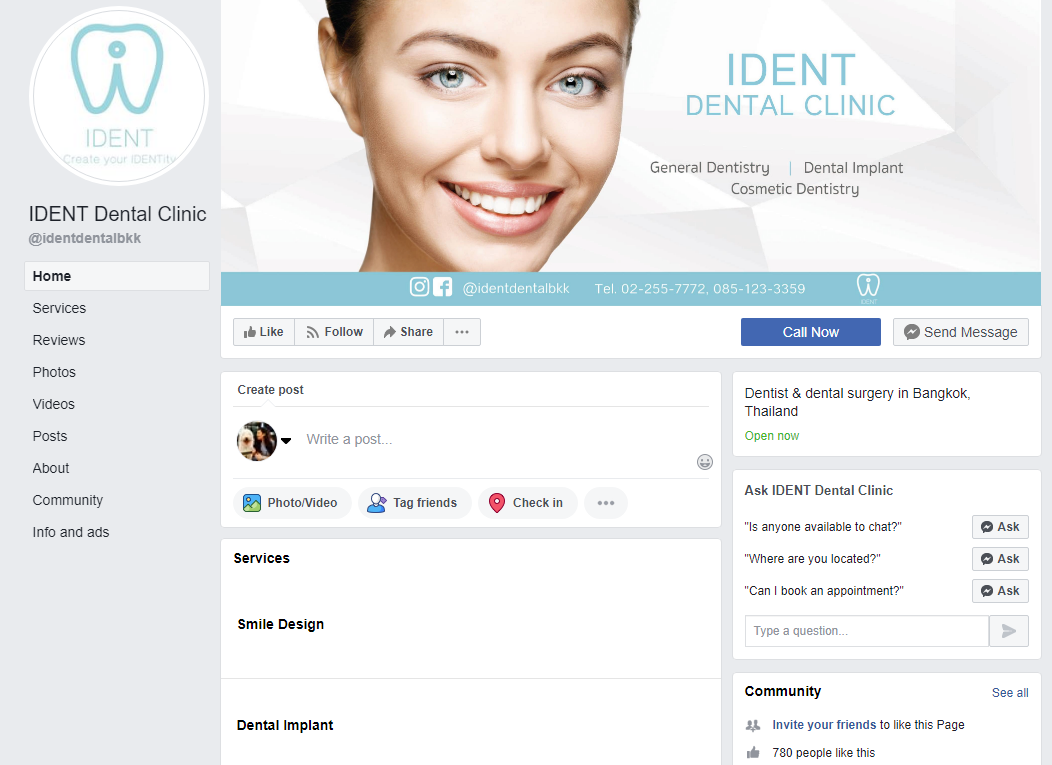Within the current fast-paced online world, how dental practices connect with patients has transformed. Gone are the days in which word-of-mouth referrals and print ads were the primary tools for attracting new clients. Currently, engaging patients digitally has become essential for creating a thriving dental practice. As a significant portion of the population looking for dental services online, grasping and implementing effective dental marketing strategies can significantly boost your online visibility and patient acquisition.
Dental marketing encompasses a variety of methods and approaches designed to reach potential patients where they spend much of their time: on the internet. From engaging social media content to well-optimized websites and targeted online advertising, the opportunities for engaging patients digitally are extensive. As the dental industry continues to evolve, it is crucial for practitioners to embrace these strategies and position themselves effectively in the digital landscape. By doing so, they not only increase their visibility but also build trust and nurture enduring relationships with patients.
Revolutionizing Patient Interaction
In today's digital age, the way dental practices interact with their patients has changed significantly. Conventional marketing methods, such as physical advertisements and direct mail, are becoming less effective in grabbing the focus of tech-savvy consumers. To engage patients more effectively, dental marketing strategies must embrace digital platforms, allowing practices to reach their audience where they spend a lot of time: online. This shift highlights the need for dental professionals to create a vibrant online presence that appeals with potential patients.
Content marketing plays a key role in enhancing patient engagement. By creating informative and engaging content that tackles common dental concerns, practices can position themselves as credible authorities in the field. Articles, videos, and social media posts that educate patients not only improve online visibility but also foster a sense of community. When patients are made to feel knowledgeable and connected, they are more likely to trust the dental practice and choose it for their care, leading to higher appointments and patient retention.

Additionally, utilizing tools such as email newsletters and scheduled appointment reminders can further enhance patient engagement. These tools allow dental practices to maintain communication with patients after their visits, ensuring that oral health remains a priority in their lives. By sending personalized messages and timely updates, practices can ensure their patients engaged and motivate them to take active steps in managing their dental health, ultimately benefiting both the patients and the practice.
Employing Social Media Tactics
Social networking has transformed the way dentists can connect with their customers and draw in new ones. By establishing a presence on channels like Instagram, Snapchat, and Twitter, dentists can share valuable content that demonstrates their knowledge while building a network around oral health. Regularly publishing instructional materials, such as advice on oral hygiene and information about new dental technologies, can also enhance a practice's trustworthiness but also motivate users to spread this content, extending the practice’s reach.
Targeted marketing on social platforms provides a strong way to boost digital visibility. Dentists can use personal and regional targeting to get to potential patients in their region. By offering promotions such as discounted initial visits or teeth whitening, practices can create engaging ads that draw attention. Striking visuals, paired with strong calls to action, confirm that potential customers know how to move forward, whether that’s arranging an interview or visiting the practice's online portal for more information.
Engagement is key to a effective social media strategy. Reacting quickly to feedback fosters a sense of togetherness and faith among current and potential patients. Additionally, featuring patient testimonials and results pictures can enhance reliability and provide evidence of the quality of care offered. By actively connecting with audiences and presenting real experiences, dental offices can create a vibrant online presence that not only gains new patients but also builds relationships with prior clients.
Leveraging Analytics for Customized Advertising
In today's challenging dental market, utilizing data is vital for formulating tailored marketing approaches that resonate with future patients. By collecting and examining data from various sources, such as social media engagements, website visits, and patient feedback, dental practices can gain understanding into their target patients' preferences and tendencies. This information allows offices to tailor their messaging and deals to satisfy the specific needs of specific patient categories, leading to higher interaction and conversion rates.
Furthermore, using sophisticated analytics tools enables dental offices to anticipate patient needs and wants more effectively. For example, data can show trends in appointment scheduling, treatment inquiries, and even common questions that patients have. By grasping these trends, dental marketers can create content that addresses these needs head-on. They can also set up automated email campaigns that send custom reminders and health advice, making sure that patients feel appreciated and informed at each step of their process.
In conclusion, feedback mechanisms are essential in enhancing these tailored advertising efforts. Dental offices should routinely obtain feedback from patients on their experiences and likes. By applying this information to modify marketing strategies and outreach, clinics not only improve patient experience but also enhance their online reputation. An ongoing dedication to utilizing customer data will not only nurture commitment but also establish the clinic as a reliable resource in the local area, ultimately promoting long-term growth through effective dental advertising.
